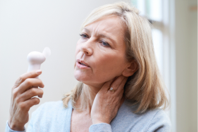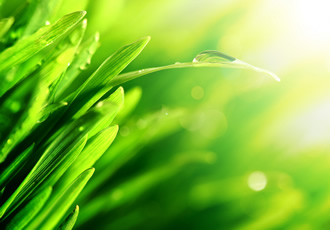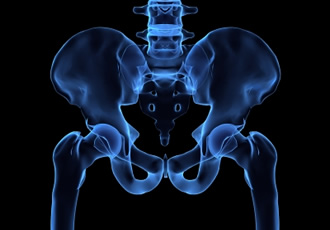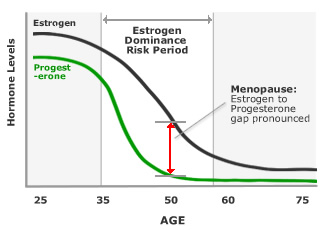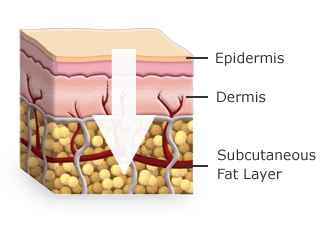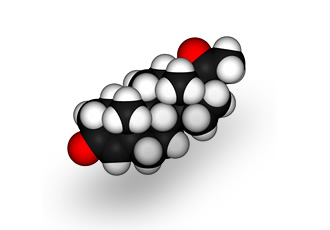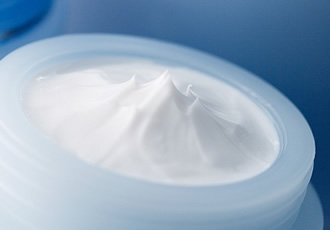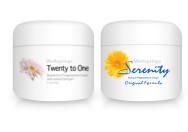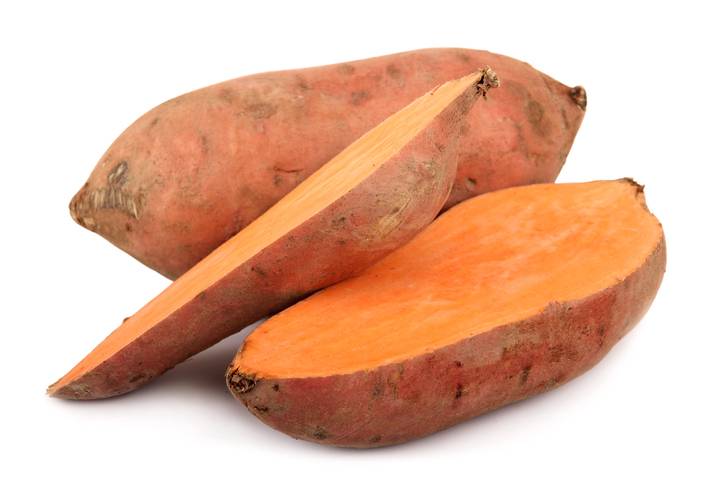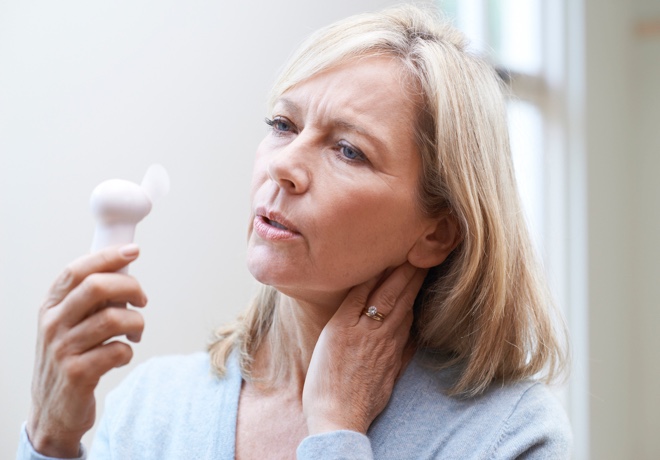
Why do hot flushes happen?
Although their exact cause still isn't fully understood, hot flushes are thought to be the result of changes in the hypothalamus, the part of the brain that regulates the body's temperature.
The dramatic drop in hormone levels during menopause can cause the hypothalamus to become more sensitive to minor changes in body temperature. As a result, it may mistakenly perceive the body as overheating, even when it's not.
Blood vessels near the surface of the skin begin to dilate, increasing blood flow in an attempt to dissipate body heat. This produces a red, flushed look to the face and neck. It may also cause the heart to beat faster and perspiration to cool the body down. A cold chill often follows a hot flush and some women experience only the chill.
How to get relief from hot flushes?
The best treatment for hot flushes is to tackle the source of the problem: hormonal imbalance. Supplementation with bioidentical hormones can bring stability back, which in turn prevents the hypothalamus over-reacting.
Progesterone supplementation is recommended as a first step. If hot flushes still persist then some bioidentical oestrogen can be added, via a combination cream or dedicated oestrogen cream.
As well as balancing hormones, there are some lifestyle changes you can make to reduce the chance of hot flushes occuring.
1. Stress
Stress can be a trigger for hot flushes. Unfortunately stress is not always easy to avoid, but if you know that certain situations make you anxious then explore using relaxation techniques like meditation, deep breathing, and guided imagery.
A regular exercise routine can also help keep stress under control.
2. Spicy foods
Diet is generally an important factor in good health, but what you eat can also make a difference to your flushes. A simple thing you can do is to watch the heat level in what you eat, as spicy food is a common culprit. Try to avoid food, sauces, and drinks with a kick, whether that's Indian or Thai food or just heat from chilli peppers.
3. Caffeine
Your morning cup of coffee may give you a boost of energy, but caffeine and caffeinated drinks, whether hot or cold, may also trigger hot flushes.
You can lower your intake by cutting back on coffee, tea, soft, and energy drinks. Although small amounts of dark chocolate have health benefits don't forget that caffeine lurks in chocolate too.
4. Alcohol
Drinking alcohol may trigger vasomotor symptoms which lead to hot flushes. When you drink, your blood vessels become dilated and increase blood flow, which can make things worse.
Studies show mixed results, but some experts say it's best to avoid alcohol to reduce hot flushes so cut down or monitor your intake. Also take note whether you're triggered by all alcohol or just certain types like wine, beer or spirits.
5. Tobacco
Another risk factors studied in association with hot flushes is cigarette smoking. Studies showed that women smokers had a 1.6 fold increased chance of experiencing hot flushes compared to women who had never smoked.
If you smoke cigarettes or vape then your hot flushes may be worse and happen more often. Research suggests that smoking is tied to vasomotor symptoms and the longer you smoke, and the earlier you start, the more symptoms you may have.
6. Heat
Heat is a common, and obvious, trigger of sweating and flushing.
Normally when your body heats up, brain pathways help to cool you off but during perimenopause and menopause, the body's temperature control centre is disrupted leading to hot flushes and night sweats.
Reducing the temperature at home, and particularly in the bedroom, can make a real difference.
7. The wrong clothes
Tight clothing can be an issue as even small increases in your core body temperature may set off symptoms. Try to keep your body cool by choosing clothing made of natural fibres, which are more breathable than other fabrics.
Dressing in loose layers helps too, so when your body temperature starts to rise, you can easily peel them off to cool down.
* This information is for general interest only. Every woman is unique. Your results may vary.
Menopause and Weight Gain
Menopause, Progesterone and Gut Health
Find out what causes this common symptom, and how to get relief
Progesterone supplementation can naturally boost gut health
Hear what doctors have to say about natural progesterone and its benefits
Natural progesterone can be an effective treatment for this serious condition
What happens to hormones at menopause and how can symptoms be treated?
Understand what's behind the increased incidence of oestrogen dominance in the western world
How can a cream deliver progesterone into the body?
What are bioidentical hormones and why are the relevant to your health
Wellsprings offers two varieties of natural progesterone cream. Read on to find out which is best for you
Despite claims to the contrary, Yam Extract does NOT contain progesterone or raise progesterone levels in the body
All information given on this site is for general interest only. Every woman is unique. Your results may vary.


























